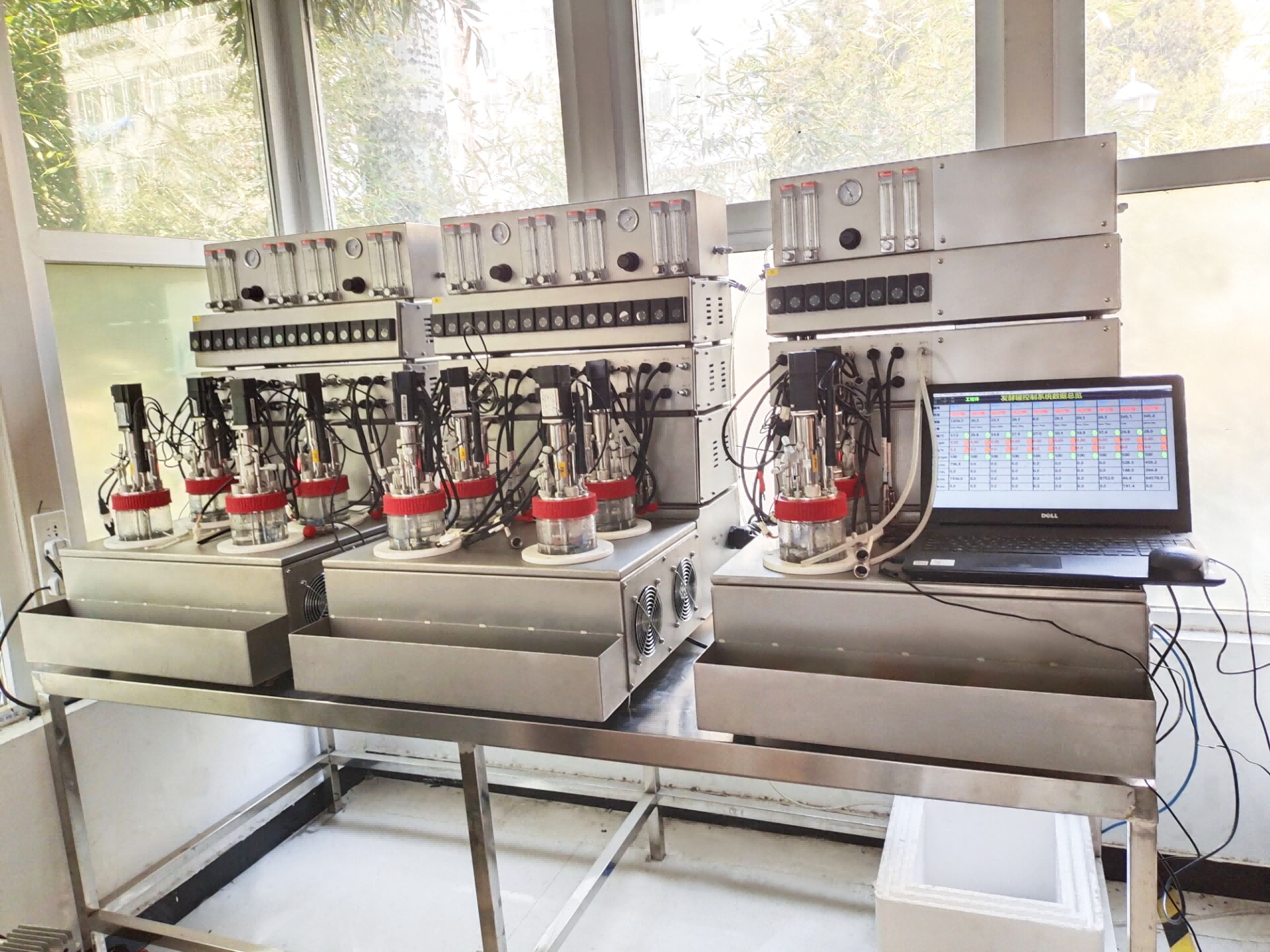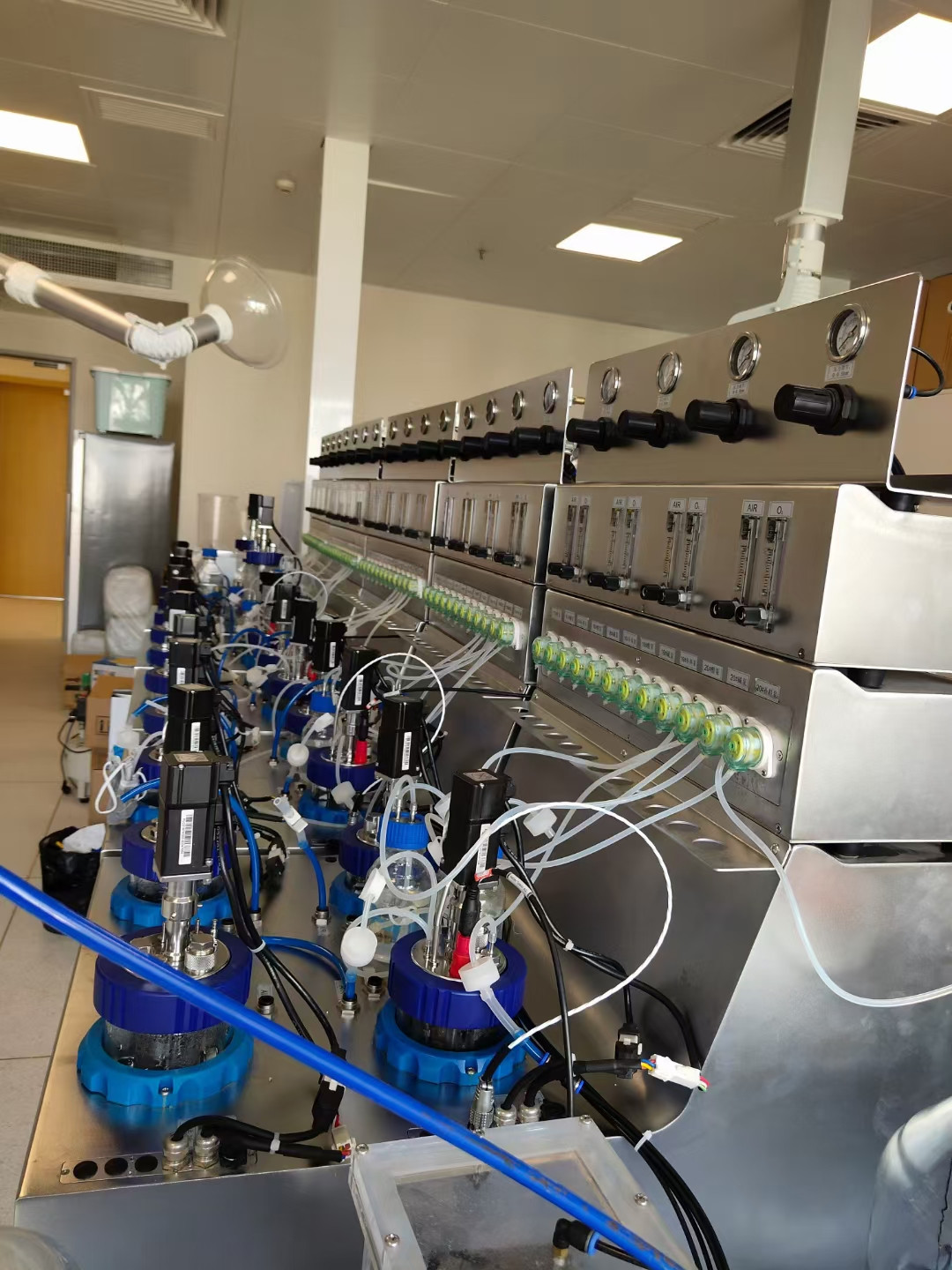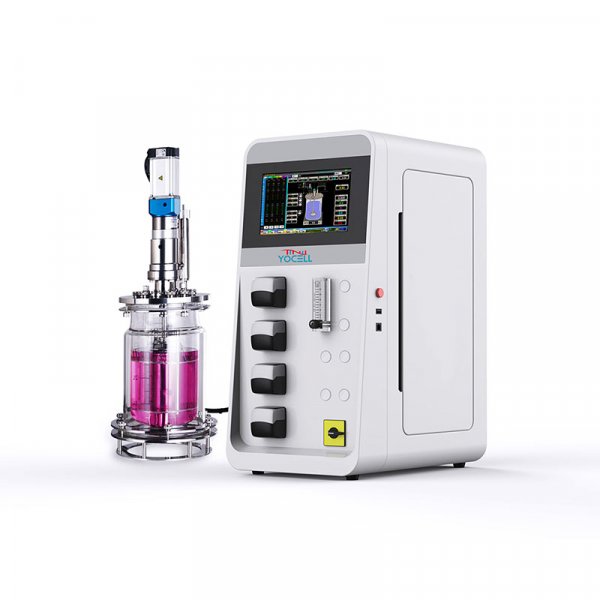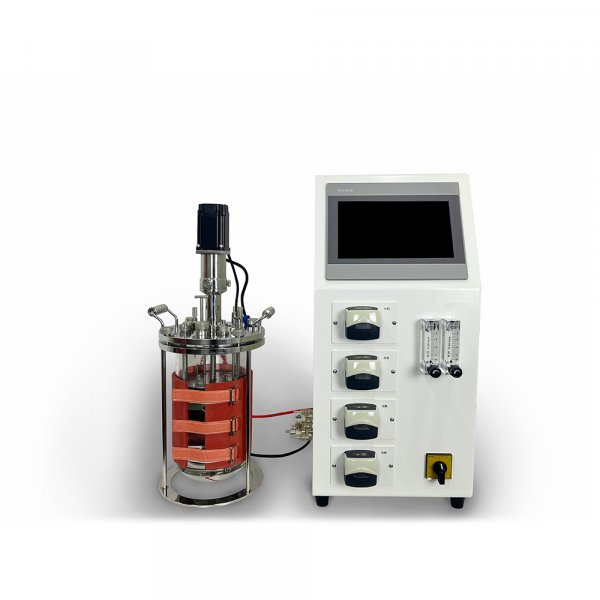As animal cells are very different from microbial cells, there are strict requirements for in vitro culture, e.g. animal cells are very sensitive to shear and reactors cannot be designed for as high a shear force as microbial cells.Therefore traditional microbial cell reactors should be adapted to animal bioreactors and it is important and urgent to develop new bioreactors based on the characteristics of animal cells.

Animal cell culture process
Introduction to animal cell cultures:
Animal cell culture is a technique for removing cells from animals and dispersing them into individual cells to mimic the in vivo growth environment, allowing the cells to continue to survive, grow, proliferate and maintain structure and function in vitro under sterile, moderate and nutrient-rich conditions.
In vitro culture can be divided into primary culture and passaged culture. Primary culture is the process by which cells are removed from the body for initial culture. The cells in culture proliferate for approximately 10 generations and are referred to as primary cells; cells from primary culture are then transferred to culture and are referred to as passaged cells.
Types of in vitro cultures of animal cells
(i) Suspension culture
This refers to the process of free suspension growth of cells in a culture vessel and is mainly used for non-adherent-dependent cells, which are grown in vitro without apposition and can be cultured in suspension in medium using microbial methods. Cells derived from blood, lymphoid tissue, many tumour cells (including hybridoma cells) and many recombinant cells belong to this category. Because they are grown in suspension, the cell density is generally high, making them easy to produce on a large scale and facilitating process control.
(ii) Applique culture
This refers to cell cultures that must be grown on the surface of a solid medium, and is mainly applicable to apposition-dependent cells (also known as adherent cells), to which most animal cells belong. These cells need to be attached to some solid and semi-solid surface with a moderate positive charge. After growth, the cells are no longer in their original form and are generally morphologically homogeneous, mainly fibroblastic, epithelial, wandering and polymorphic.
(iii) Immobilisation culture
This type of culture is suitable for both applanation-dependent cells and non-applanation-dependent cells in an embedding culture, and has the advantages of high cell growth density, resistance to shear and contamination.
The immobilisation method varies depending on the cells being cultured, with collagen embedding being used for appressed wall-dependent cells and calcium alginate embedding for non-appressed wall-dependent cells. The main methods of cell immobilisation commonly used are adsorption, covalent attachment, ionic/covalent cross-linking, embedding and microencapsulation.

Animal cell culture bioreactors
Unlike microbial and plant cells, animal cells do not have an outer cell wall, have a brittle plasma membrane, are sensitive to shear and have strict requirements for the in vitro culture environment.
Therefore, traditional reactors for microbial fermentation cannot be used for large-scale culture of animal cells, and low shear effects, good transfer and mechanical properties are the principles that must be followed in the design or improvement of such reactors.
Bioreactors for cell culture have evolved considerably, becoming more diverse and larger in scale, but the main structural forms of reactors are still mainly stirred, gas-lifted and fixed-bed.
With the exception of cultures for the purpose of artificial mutagenesis, the design principle for bioreactors for animal cell culture should be to simulate as closely as possible the growth environment of the culture in the organism. Due to the specific nature of animal cell growth, special attention needs to be paid to the design of reactor structures and the selection of special carriers.
YOCELL cell bioreactors, ranging in size from 0.5L glass tanks to 1000L stainless steel tanks, are available to meet the needs of various experimental scales. We also offer sterile disposable fermentation equipment to help you meet higher production standards.
Source: Bioreactor Structure and Design





